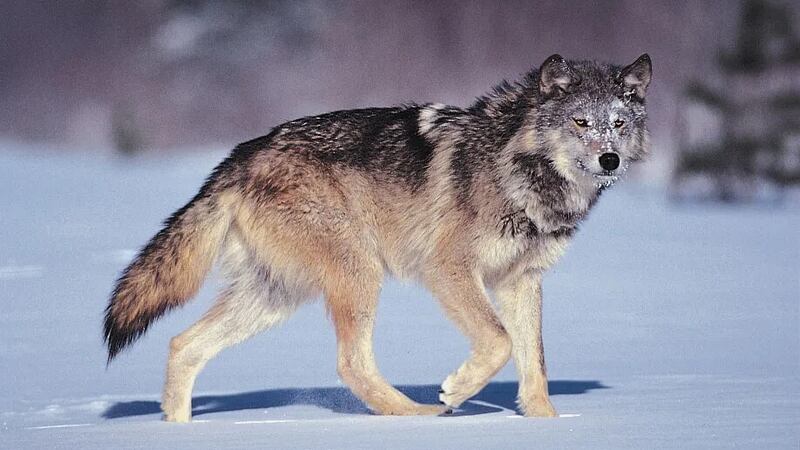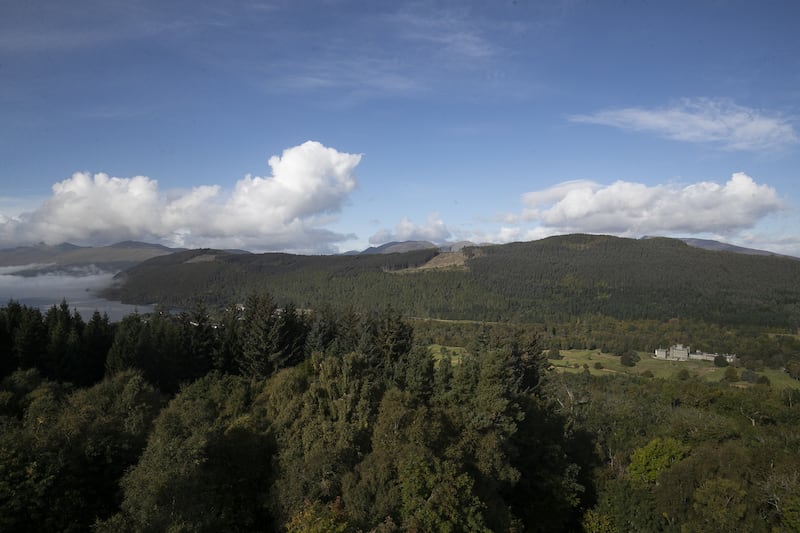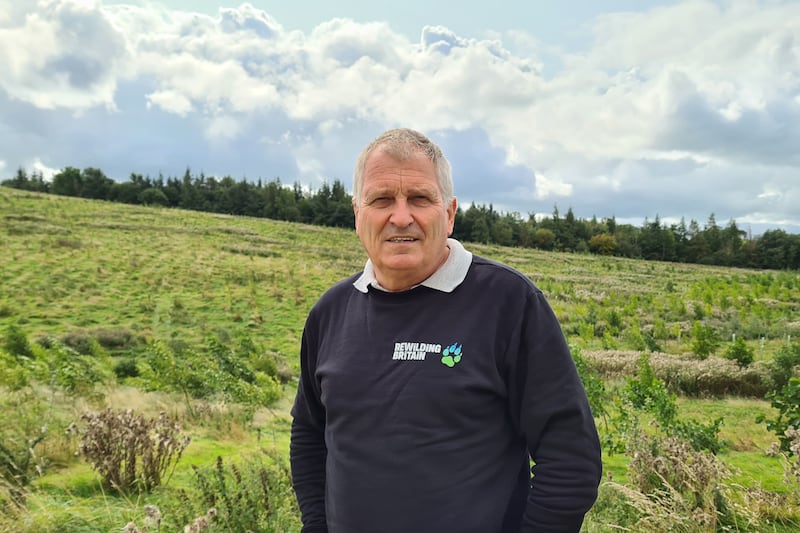In 2015, while walking along the lower slopes of Table Mountain in Cape Town, Dara Sands was alerted by a friend to a nearby caracal, a medium-sized wild cat. The Co Down-born student was struck by how unphased the animal was by human presence.
As the cat casually sauntered past, Mr Sands pondered on how unusual such wildlife encounters are in his native Ireland. He later discovered that the city of Cape Town and the Cape Peninsula are home to a variety of wildlife including baboons, zebra, sharks and penguins, and that the coexistence of humans and wildlife is integral to life in the region. A seed of curiosity about human-wildlife coexistence in Ireland was sown.
In fresh doctoral research at the Norwegian University of Life Sciences, Mr Sands considers the potential for reintroducing wildlife in Ireland through rewilding initiatives and how current conflicts can be transformed into coexistence.
"I looked at past and present human-wildlife interactions and rewilding projects in Ireland, including the history of human-wolf relations and the more recent effort to reintroduce red kites in parts of Northern Ireland," he says.
"With a lessons-learned approach taken from these two studies, I looked at how rewilding might contribute towards transforming approaches to biodiversity conservation in Ireland in the future."
Humans and wolves coexisted in Ireland up to the 17th century, however, Mr Sands found tolerance of wolves unravelled following Ireland’s integration into an expanding global capitalist system.
In this new socio-economic climate, Ireland was redefined as a primitive ‘wolf-land’, which influenced the introduction of a novel hunting culture, and the subsequent decline in wolves. The decline was driven by changes in ecosystems as landscapes were transformed through the expansion of a new form of commercialised agriculture. Prior to these changes, people appeared to accept that wolves were part of the world they mutually inhabited.
"Prior ways of living with wild animals were transformed under colonial rule, along with the violent transformation of language, lifestyles, livelihoods and landscapes," says Mr Sands.
"It's therefore necessary that the legacies of colonialism and capitalism in driving the decline of wildlife, both in the past and present, and their role in shaping current conservation ideas and practices need to be addressed in order to move forward in our conservation efforts."
His recently completed doctoral thesis looks at how 80 red kites (Milvus milvus) were released in Co Down between 2008-10, in a project billed as the north's first species reintroduction.
Spearheaded by the RSPB, it set out to create a self-sustaining red kite population, raise public awareness about conservation issues and encourage the wider community to "take inspiration from the recovery of the large, charismatic raptors".
The project has been proclaimed a success but as Mr Sands discovered, the reintroduction project was far from straightforward.
"A key dimension of rewilding is the simple and alluring idea that nature should be allowed to find its own way with minimal or no human intervention, yet this idea can be problematic, particularly in the context of species reintroductions to human-dominated landscapes," he says.
"It risks omitting humans from the picture and overlooking the social and political dimensions of rewilding – the lack of attention to these aspects means that efforts to facilitate coexistence with even relatively uncontroversial species, such as the red kite, can exacerbate existing tensions or provoke new conflicts over land use, environmental governance, wildlife crime and renewable energy."
His thesis argues that challenges such as these remain largely unaddressed in the context of Northern Ireland’s contested rural landscapes and until they are better understood, it will be very difficult to make meaningful progress towards coexistence of people and wildlife.
Mr Sands believes conflicts over rewilding could be transformed via convivial conservation (i.e. ‘living with’), which moves away from a 'top-down' approach where nature is protected and fenced-off from humans, often literally. Instead, he advocates nature be allowed to flow more freely, with people being allowed to be part of the same spaces – some human spaces will become wilder, and some wild spaces will become more human-occupied.
Convivial conservation also proposes changes in how conservation is financed, with a basic conservation income for those living in or near biodiverse areas. At the same time, those with the largest environmental footprints must change their livelihoods the most, regardless of how far they live from conservation spaces.
Mr Sands argues that rewilding can learn from convivial conservation’s commitment to shared landscapes – an approach rooted in environmental justice.
"We need to challenge rewilding strategies that are grounded in colonial and capitalist logics," he says.
"More optimistically, this research aims to show that human-wildlife coexistence is possible - and convivial rewilding could be a key alternative pathway for supporting the pursuit of abundant and equitable futures."







